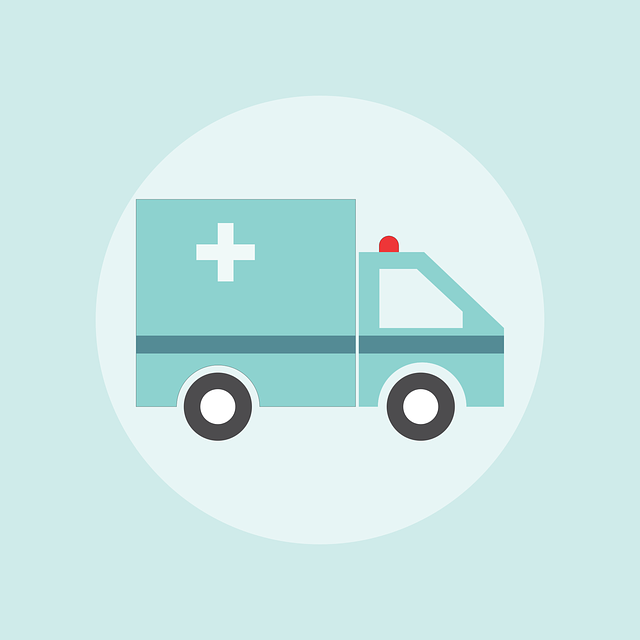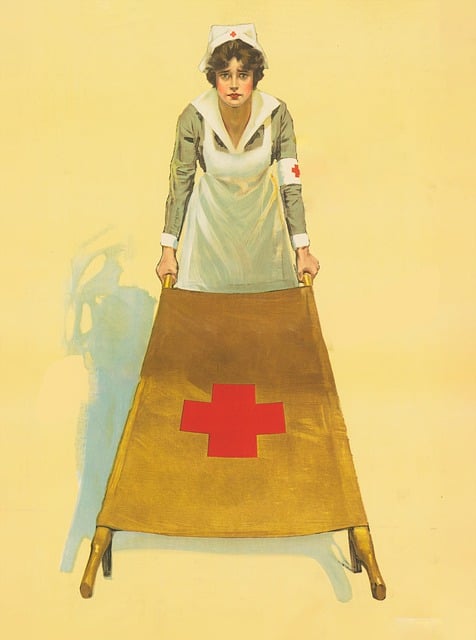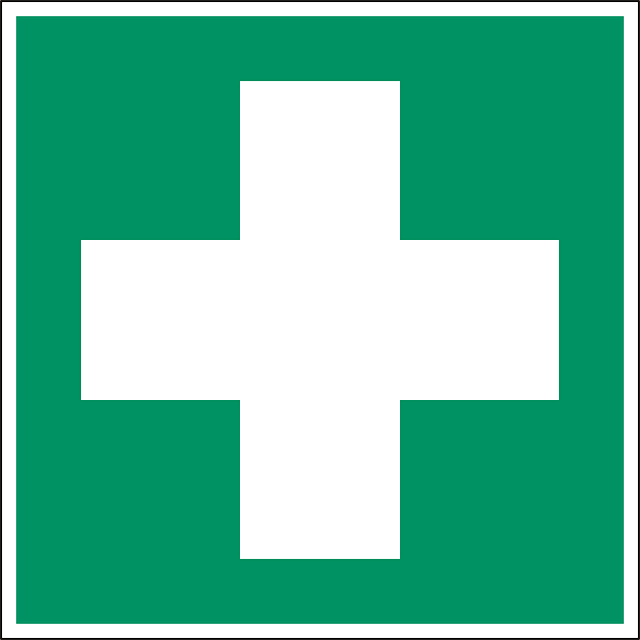In South Africa, choosing between hospital plans and medical aid schemes depends on affordability and comprehensiveness. While hospital plans offer lower premiums with wide access, their limited scope may lead to higher out-of-pocket expenses. Medical aid schemes provide broader benefits, including outpatient care and lower co-pays, but have stricter membership requirements and higher monthly contributions. For low-income earners, cost analysis is crucial; hospital plans are initially cheaper, while medical aid offers long-term financial security with comprehensive coverage, balancing immediate needs and future savings.
In South Africa, low-income earners often grapple with choosing between hospital plans and medical aid, both aiming to provide healthcare coverage. This article delves into the affordability and benefits of each option. We compare hospital plans and medical aid, analyzing costs, eligibility, network coverage, and long-term savings. Understanding which is more beneficial for financial protection is crucial for making informed decisions regarding healthcare access. Discover which option aligns best with your needs and budget in this comprehensive guide to navigating South Africa’s healthcare landscape.
- Understanding Hospital Plans and Medical Aid: A Comparison
- Eligibility and Access: Who Qualifies for Each?
- Cost Analysis: Premiums, Out-of-Pocket Expenses, and Benefits
- Healthcare Network and Service Coverage Differences
- Long-Term Savings and Financial Protection: A Detailed Look
Understanding Hospital Plans and Medical Aid: A Comparison

Hospital plans and medical aid schemes are both designed to offer financial protection in the event of medical emergencies, but they differ significantly in terms of structure and benefits. Hospital plans typically cover inpatient treatment at hospitals, including surgery and medication. These plans usually don’t include outpatient care or prescription drugs, which can make them less comprehensive. On the other hand, medical aid schemes often provide a broader range of benefits, encompassing both inpatient and outpatient care, along with prescription drug coverage.
When comparing which is more affordable for low-income earners, medical aid schemes generally offer better value for money. While hospital plans may seem cheaper initially, the lack of comprehensive coverage could lead to significant out-of-pocket expenses during periods of illness. Medical aid schemes, with their broader benefits and often lower co-pays or deductibles, can provide more financial security in the long run, making them a potentially better option for those with limited financial resources.
Eligibility and Access: Who Qualifies for Each?

In South Africa, both hospital plans and medical aid schemes cater to different needs and budgets, making them viable options for low-income earners looking for healthcare coverage. Eligibility criteria play a significant role in determining who can access each type of plan. Hospital plans are often more inclusive and accessible as they typically require fewer eligibility checks. They are usually available to individuals and families across various income levels, providing a safety net for unexpected medical expenses. On the other hand, Medical Aid schemes have stricter membership requirements, often based on income thresholds and employment status. These schemes tend to be employer-driven or individually purchased, targeting those with more stable financial situations.
When considering which is better between hospital plans and medical aid, understanding your eligibility and access is key. For low-income earners, hospital plans can offer a cost-effective solution as they often have lower monthly premiums and out-of-pocket expenses. Medical Aid, while potentially providing more comprehensive benefits, may be less accessible due to income restrictions and often comes with higher contribution amounts. It’s essential for individuals to carefully assess their financial situation, healthcare needs, and the specific terms of each plan to make an informed decision tailored to their circumstances.
Cost Analysis: Premiums, Out-of-Pocket Expenses, and Benefits

When comparing hospital plans versus medical aid, cost analysis is a critical aspect for low-income earners. Premiums are a key factor; while medical aid usually has higher monthly contributions, some plans can be more affordable, especially for those with pre-existing conditions or specific needs. Conversely, hospital plans often come with lower premiums but may exclude certain procedures or have co-payments, adding out-of-pocket expenses.
Benefits also differ significantly. Medical aid schemes tend to offer a comprehensive range of services, including specialist consultations and in-patient care. However, these benefits come at a cost, as members may face deductibles and co-insurance. In contrast, hospital plans usually cover emergency and routine procedures but may limit access to specialized treatment. Understanding these nuances is essential when determining which option aligns better with individual financial constraints and healthcare needs, ensuring the best value for money in the South African context.
Healthcare Network and Service Coverage Differences

When comparing hospital plans versus medical aid, one key consideration is the healthcare network and service coverage each offers. Hospital plans typically have a wide range of approved hospitals and specialists across South Africa, ensuring members have access to quality care nationwide. This is particularly beneficial for low-income earners who may need to travel long distances or face limited options in remote areas.
In contrast, medical aid schemes often have more restrictive networks, with a limited number of participating healthcare providers. This can result in higher out-of-pocket expenses for members when seeking treatment outside the network. However, medical aid usually offers more comprehensive cover for specialized procedures and treatments, which can be advantageous for those facing specific health conditions requiring advanced medical care.
Long-Term Savings and Financial Protection: A Detailed Look

For low-income earners considering their healthcare options in South Africa, understanding long-term savings and financial protection is crucial when deciding between a hospital plan or medical aid. While both offer essential coverage, their structures differ significantly. Medical aid typically requires regular monthly contributions, often with co-payments and deductibles, but provides broader access to healthcare services across a network of hospitals and specialists. In contrast, hospital plans usually have higher upfront costs but may offer more straightforward pricing and less extensive service options.
When examining long-term affordability, medical aid could prove more economical over time due to its ability to negotiate rates with providers and potentially cap annual out-of-pocket expenses. However, it’s essential to carefully review the plan’s terms and conditions, including any exclusions or limitations, as these can impact overall savings. Conversely, hospital plans might offer immediate financial relief with lower initial premiums, but unexpected costs from limited coverage could accumulate over extended periods. Ultimately, the choice between a hospital plan and medical aid depends on individual needs, budget constraints, and the balance of short-term cost-effectiveness versus long-term financial protection.
In South Africa, the choice between hospital plans and medical aid depends on individual needs and financial constraints. After considering factors like cost analysis, eligibility, service coverage, and long-term savings, low-income earners can make informed decisions to ensure they receive adequate healthcare. While medical aid offers broader network access and potential long-term savings, hospital plans provide essential cover at a lower upfront cost for those with limited budgets. Ultimately, understanding these options allows individuals to select the most suitable and affordable healthcare solution tailored to their circumstances.

